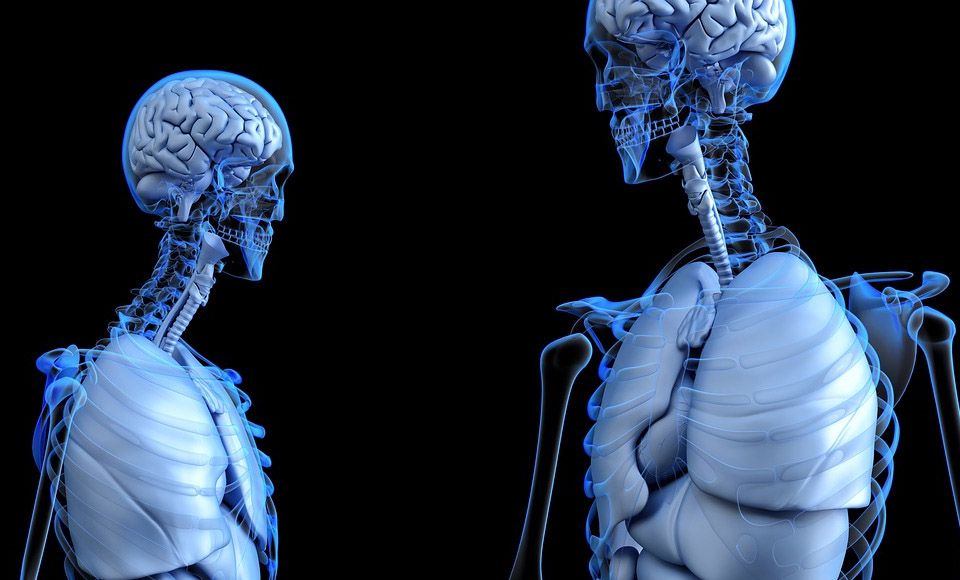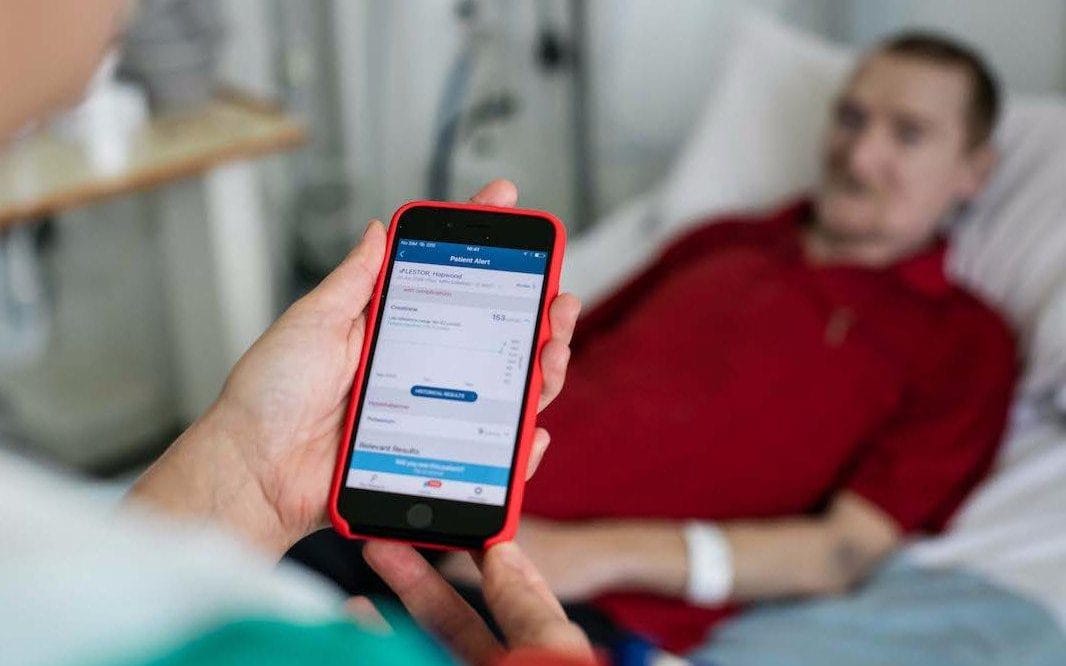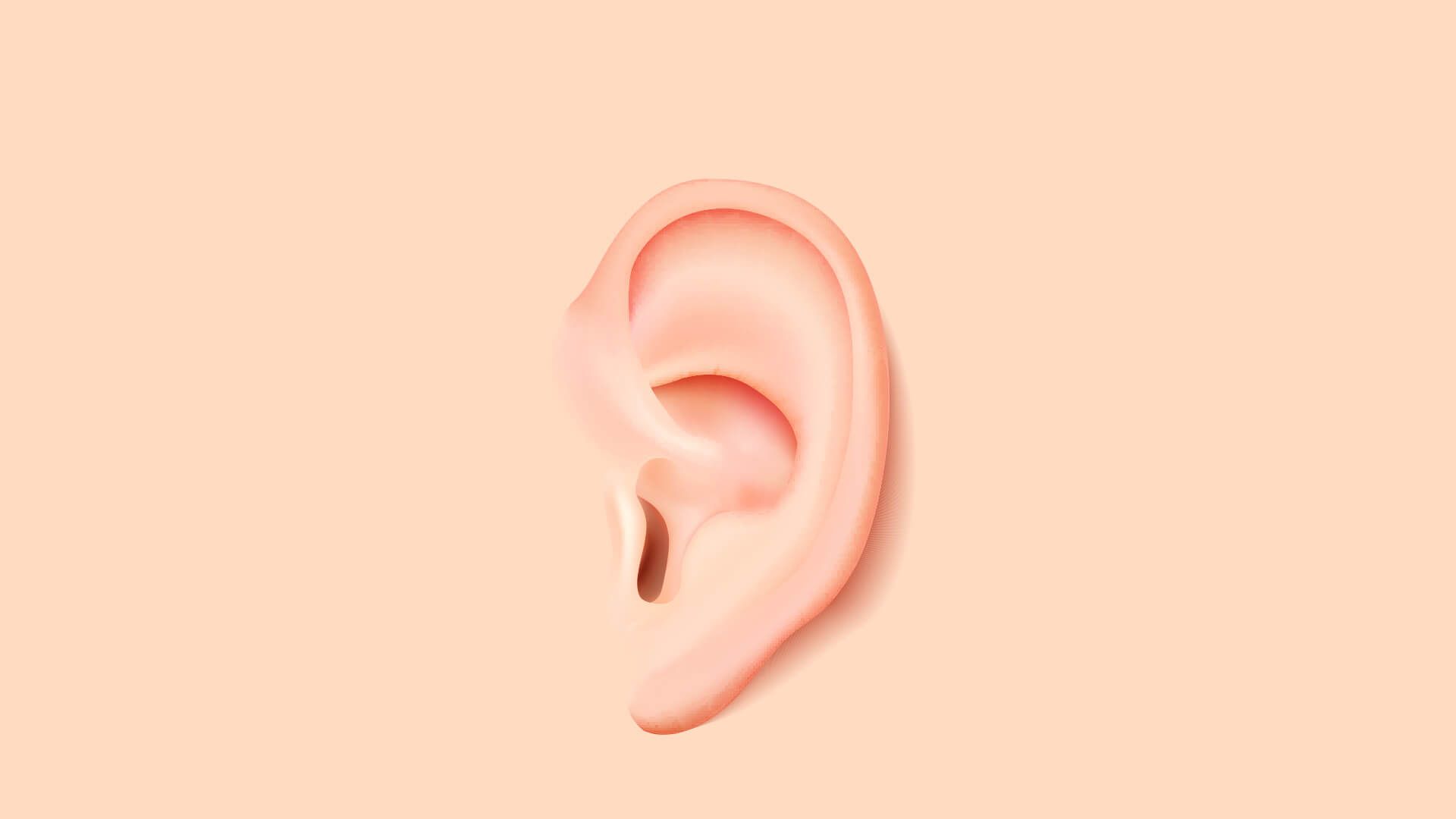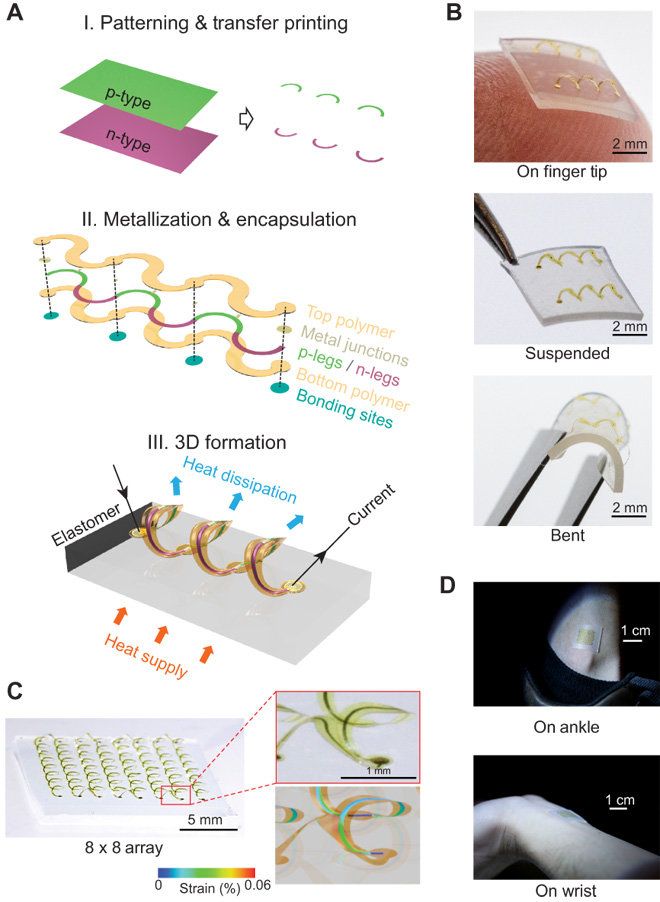Page 9319
Nov 14, 2018
Privacy concerns as Google absorbs DeepMind’s health division
Posted by Carse Peel in categories: biotech/medical, ethics, health, privacy, robotics/AI
Privacy advocates have raised concerns about patients’ data after Google said it would take control of its subsidiary DeepMind’s healthcare division.
Google, which acquired London-based artificial intelligence lab DeepMind in 2014, said on Tuesday that the DeepMind Health brand, which uses NHS patient data, will cease to exist and the team behind its medical app Streams will join Google as part of Google Health.
It comes just months after DeepMind promised never to share data with the technology giant and an ethics board raised concerns over its independence.
Continue reading “Privacy concerns as Google absorbs DeepMind’s health division” »
Nov 14, 2018
Ears Grown From Apples? The Promise of Plants for Engineering Human Tissue
Posted by Carse Peel in categories: biotech/medical, engineering, food
Inspiration for game-changing science can seemingly come from anywhere. A moldy bacterial plate gave us the first antibiotic, penicillin. Zapping yeast with a platinum electrode led to a powerful chemotherapy drug, cisplatin.
For Dr. Andrew Pelling at the University of Ottawa, his radical idea came from a sci-fi cult classic called The Little Shop of Horrors. Specifically, he was intrigued by the movie’s main antagonist, a man-eating plant called Aubrey 2.
What you have here is a plant-like creature with mammalian features, said Pelling at the Exponential Medicine conference in San Diego last week. “So we started wondering: can we grow this in the lab?”
Continue reading “Ears Grown From Apples? The Promise of Plants for Engineering Human Tissue” »
Nov 14, 2018
Designer Babies, and Their Babies: How AI and Genomics Will Impact Reproduction
Posted by Carse Peel in categories: biotech/medical, genetics, health, information science, robotics/AI
“We’re going to get these massive pools of sequenced genomic data,” Metzl said. “The real gold will come from comparing people’s sequenced genomes to their electronic health records, and ultimately their life records.” Getting people comfortable with allowing open access to their data will be another matter; Metzl mentioned that Luna DNA and others have strategies to help people get comfortable with giving consent to their private information. But this is where China’s lack of privacy protection could end up being a significant advantage.
To compare genotypes and phenotypes at scale—first millions, then hundreds of millions, then eventually billions, Metzl said—we’re going to need AI and big data analytic tools, and algorithms far beyond what we have now. These tools will let us move from precision medicine to predictive medicine, knowing precisely when and where different diseases are going to occur and shutting them down before they start.
But, Metzl said, “As we unlock the genetics of ourselves, it’s not going to be about just healthcare. It’s ultimately going to be about who and what we are as humans. It’s going to be about identity.”
Continue reading “Designer Babies, and Their Babies: How AI and Genomics Will Impact Reproduction” »
Nov 14, 2018
Facebook, Twitter and Google team up to form an AI-powered anti-drug coalition
Posted by Genevieve Klien in categories: biotech/medical, health, robotics/AI
Nov 14, 2018
Detecting light in a different dimension
Posted by Genevieve Klien in categories: materials, nanotechnology
“We did not expect to see such a dramatic improvement just by changing the morphology of the polymer,” said co-corresponding author Mircea Cotlet, a materials scientist in the CFN Soft and Bio Nanomaterials Group.
The scientists believe that there are two explanations behind their observations.
“At a certain polymer concentration, the nanowires have dimensions comparable to the wavelength of light,” said Li. “This size similarity has the effect of increasing light scattering and absorption. In addition, crystallization of P3HT molecules within the nanowires provides more charge carriers to transfer electricity to the graphene layer.”
Nov 14, 2018
Volkswagen announces 2 new factories to go electric, partners with SK Innovation for battery cells
Posted by Genevieve Klien in categories: sustainability, transportation
Today, Volkswagen is announcing that it is converting two more factories to electric vehicle production and it is partnering with SK Innovation for battery cells.
Earlier this year, VW announced that its Zwickau factory will be the first to go all-electric.
The German automaker plans to produce 1,500 electric cars per day at the plant.
Nov 14, 2018
Stretchable thermoelectric coils for energy harvesting in miniature flexible wearable devices
Posted by Genevieve Klien in categories: biotech/medical, engineering, internet, wearables
Miniaturized semiconductor devices with energy harvesting features have paved the way to wearable technologies and sensors. Although thermoelectric systems have attractive features in this context, the ability to maintain large temperature differences across device terminals remains increasingly difficult to achieve with accelerated trends in device miniaturization. As a result, a group of scientists in applied sciences and engineering has developed and demonstrated a proposal on an architectural solution to the problem in which engineered thin-film active materials are integrated into flexible three-dimensional (3D) forms.
The approach enabled efficient thermal impedance matching, and multiplied heat flow through the harvester to increase efficient power conversion. In the study conducted by Kewang Nan and colleagues, interconnected arrays of 3D thermoelectric coils were built with microscale ribbons of the active material monocrystalline silicon to demonstrate the proposed concepts. Quantitative measurements and simulations were conducted thereafter to establish the basic operating principles and key design features of the strategy. The results, now published on Science Advances, suggested a scalable strategy to deploy hard thermoelectric thin-films within energy harvesters that can efficiently integrate with soft material systems including human tissue to develop wearable sensors in the future.
Thermoelectric devices provide a platform to incorporate ubiquitous thermal gradients that generate electrical power. To operate wearable sensors or the “Internet of Things” devices, the temperature gradient between the surrounding environment and the human body/inanimate objects should provide small-scale power supplies. Continued advances in the field focus on aggressive downscaling of power requirements for miniaturized systems to enhance their potential in thermoelectric and energy harvesting applications. Integrated processors and radio transmitters for example can operate with power in the range of subnanowatts, some recent examples are driven via ambient light-based energy harvesting and endocochlear potential. Such platforms can be paired with sensors with similar power to enable distributed, continuous and remote environmental/biochemical monitoring.
Nov 14, 2018
Huge impact crater found under Greenland’s Hiawatha Glacier, the first known under ice
Posted by Genevieve Klien in category: existential risks
The first large crater ever found under ice, the discovery could possibly be linked to a controversial extinction theory.


















